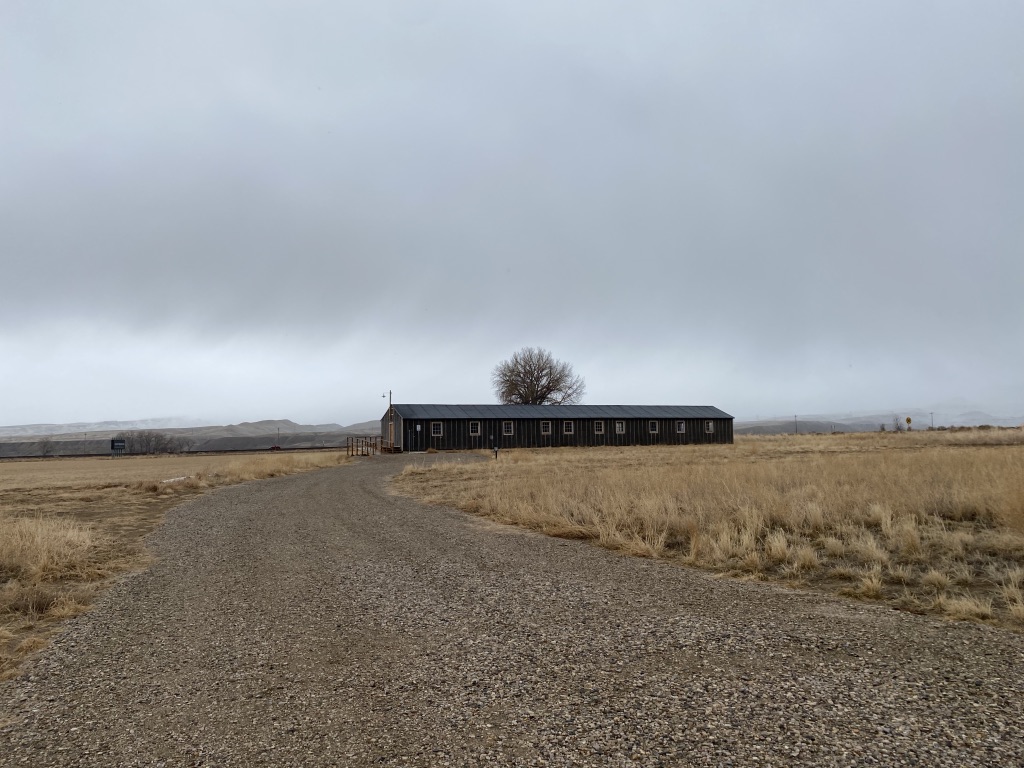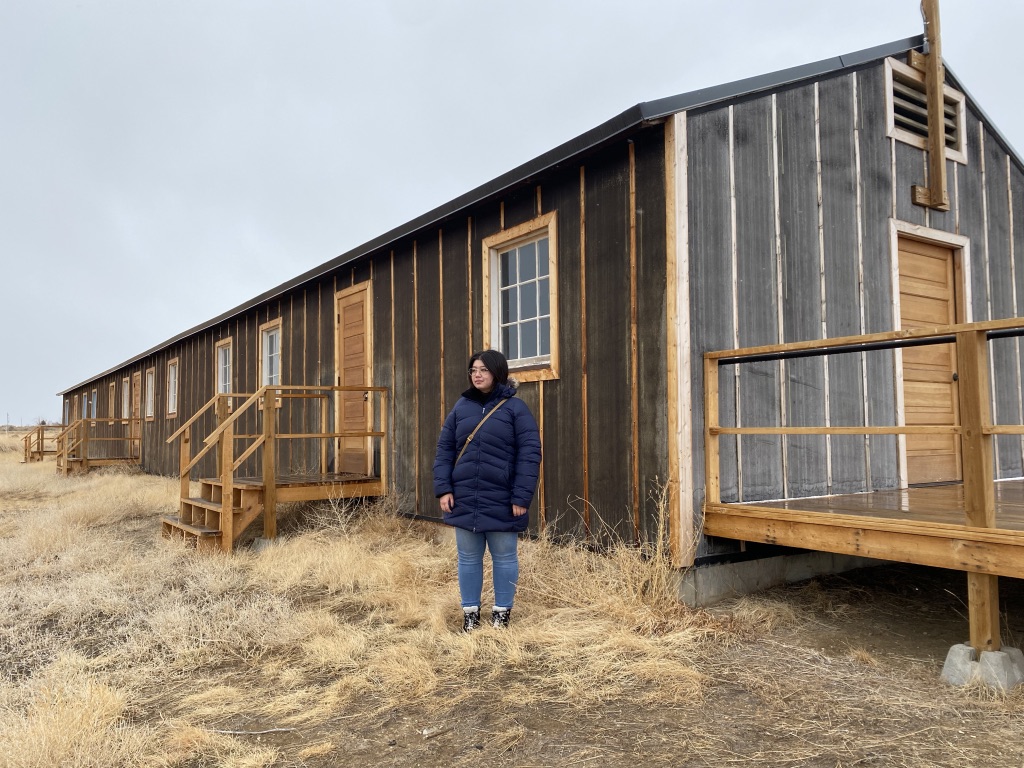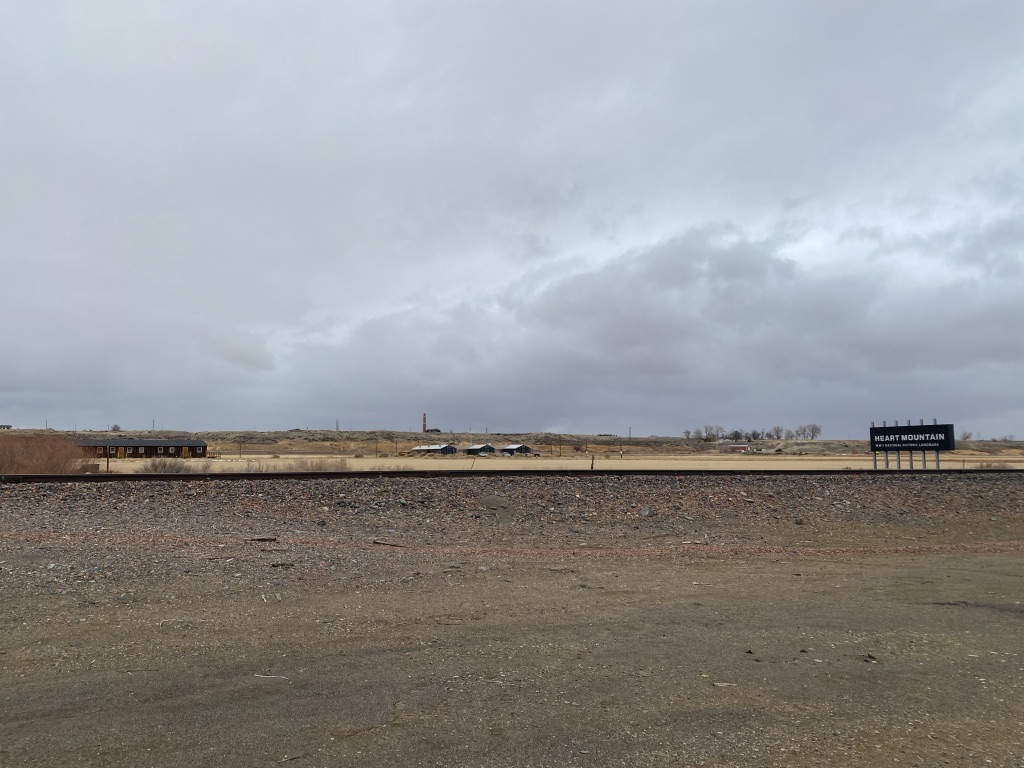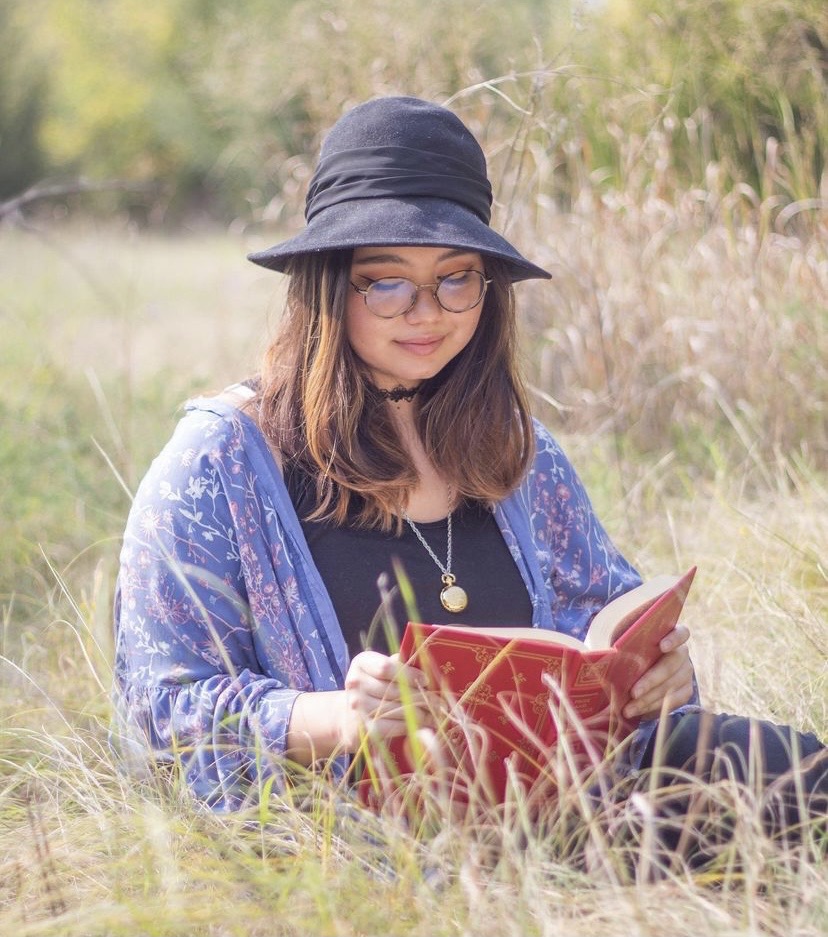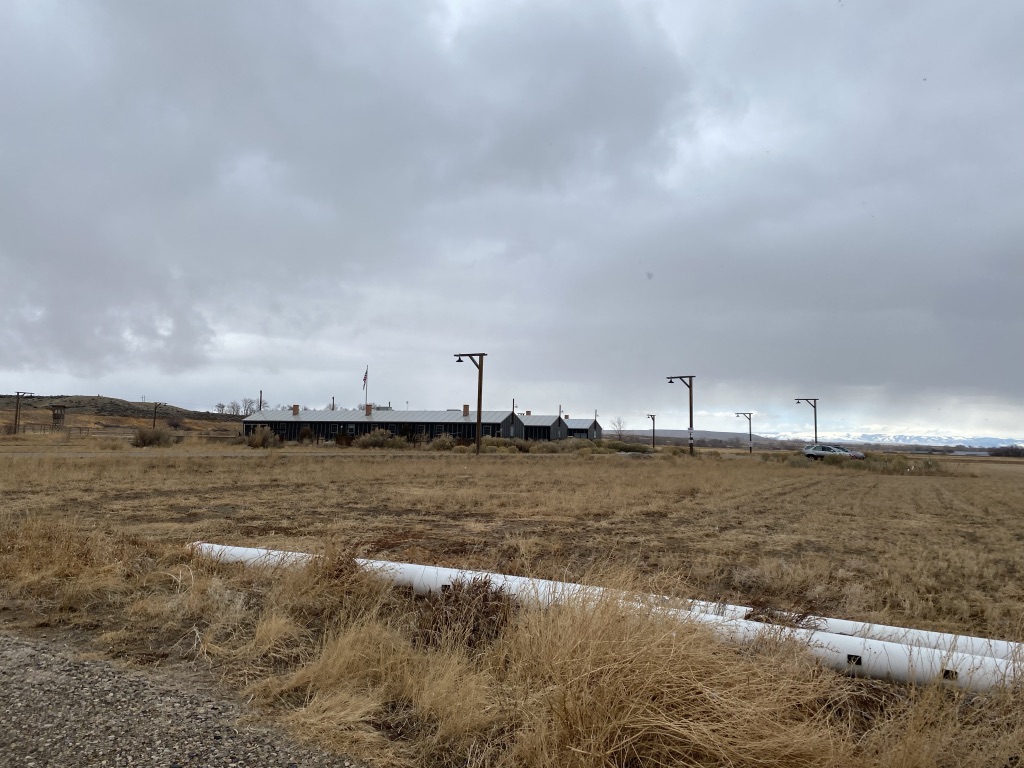
On August 25, 1942, my obaachan- my grandmother- her parents, and her two siblings (another would be born during imprisonment) were shuttled into the Heart Mountain incarceration camps near Cody, Wyoming. Within the barbed wire fences and under the surveillance of leering watchtowers, they would undergo years of uncertainty, distrust, and hardship, for no other reason than the fact that they were of Japanese ancestry.
In March of 2022, my family and I embarked on a week-long pilgrimage to Wyoming, hoping to see the site of my family’s unjust imprisonment and pay our respects to what had happened a mere eighty years before.
To me, the subject of “Japanese internment”- the euphemistic phrase long used to describe the unlawful incarceration of thousands of American citizens- had always felt like an open wound on my heart. Growing up, it was something I could not understand- could not fully comprehend nor think about without a cold, fearful pit gnawing at my stomach. Because of the recent rise of anti-Asian hatred and bigotry that sprouted from COVID-19, the subject of racial discrimination also felt eerily timely and sensitive. I had no idea what my family might encounter on our journey- nor how my own heart and mind would react- when we arrived.
The reality of the land where “camp” (as it’s often referred to in shorthand by my family) used to be is misleading. Where there were previously thousands of ill-fitted, uniformly built barracks, there were now rows of waving golden fields and natural grasses. Where there had once been watchtowers and watering holes, rock gardens and mess halls and community restrooms, there were now mounds of dirt and rock, if that. Even the notorious Heart Mountain hid in the distance, obscured by the fluffy gray clouds that drizzled light rain down around my family.
The Wyoming countryside had seemingly attempted to forget the cruel history of what had once occurred upon its soil. My family and I were informed that the government had sold most of the barracks- the once-been homes of thousands of imprisoned Americans- as gardening sheds, save for one that had been brought back to the site years later. Most of the land was now owned by neighboring farmers. A tractor rolled by in the distance, small and red against the expansive sky.
As my family and I gazed out over the vast, ever-rolling golden hills of Cody, it seemed like we could still hear the floating sounds of the community that once lived there. If I closed my eyes, I could smell the canned peaches and mud, hear the footsteps and voices of thousands of people- see the daily routines of imprisoned citizens that had once made their lives there, against their will.
I had expected the hurt I’d long felt to burst when I arrived at Heart Mountain. The truth is, seeing it brought me a bit of peace- a fragment of catharsis. Where there had once been a void of knowledge filled with fear and hurt, there was now information and unexpected awareness.
To me, Heart Mountain became a reminder of the inequalities that populated America then, and the prejudices that compose America now. It became a reason to continue the fight for understanding and equality; a symbol to continue advancing in the face of adversity.
Now, on August 25, 2022– the exact eighty year anniversary of that day- I am filled with solemnity and gratitude. Solemnity for the hardships my family endured; for the prejudices and hurts that people who look like me have continued to endure. For the difficult journey towards progress that still lies ahead of the United States. Gratitude, however, for the fact that my family did endure. With strength, resilience, and persistence, we carved out our own futures and constructed the means to achieve our dreams. This August, as I begin the first semester of my second year of college, I am grateful to them for their courage, and inspired by their incredible perseverance.
August 25 is not just the anniversary of my family’s imprisonment. Instead, it is a day of remembering their complexity and resolve in all that they overcame.
